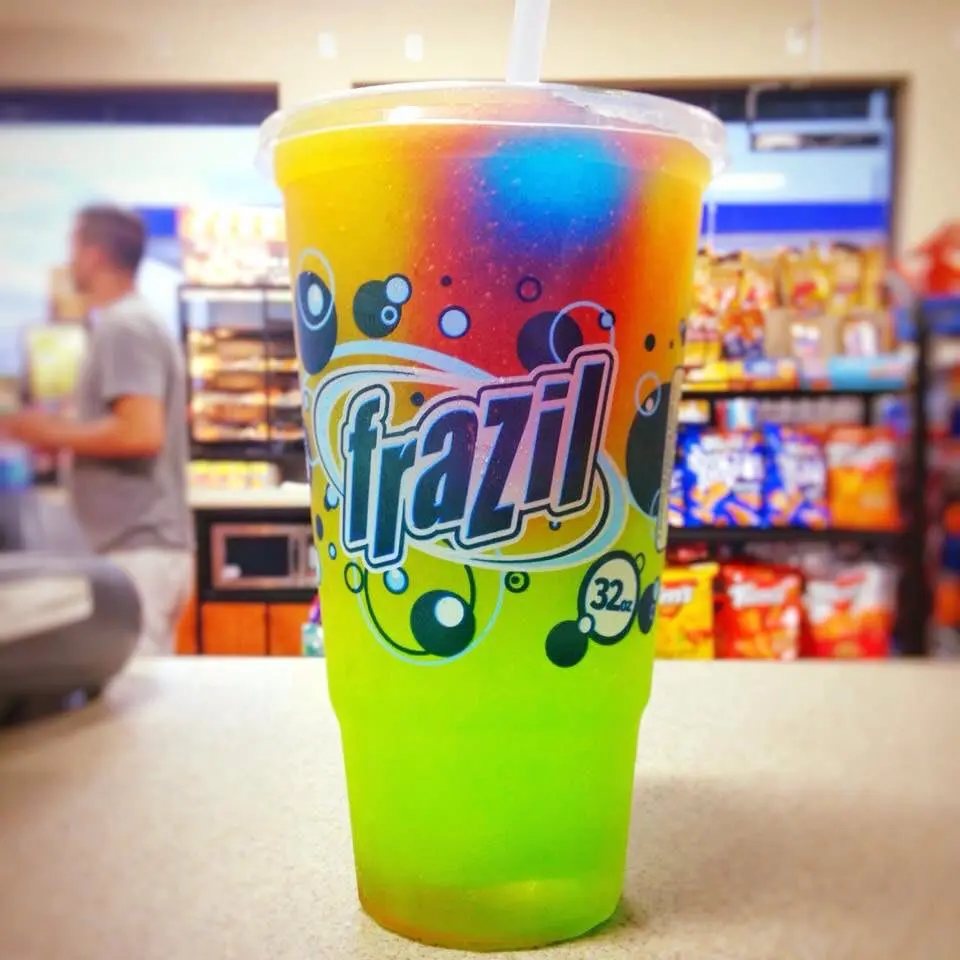US frozen drinks company Freezing Point, parent to slushie brand Frazil, has partnered with Norwegian engineering firm 7Sense to develop a low-cost, retrofittable cellular NB-IoT circuit board to make its in-store slushie machines smart.
The circuit board, based on the nRF9160 System-in-Package (SiP) from Nordic Semiconductor, and fixable into the back of existing units, allows Frazil’s machines to be continuously monitored to maintain performance, improve margins, and run predictive maintenance.
Frazil said the initiative is already providing a ‘gold mine’ of data to retail customers, which are using the dashboard findings to generalise about store operations and make changes to improve performance.
Frazil suggested a slushie machine that is not properly maintained and operated “invariably indicates” the mindset of store staff is “falling behind in other operational excellence standards”.
“Large chains are using our real-time reporting dashboard as a window into their broader store operations,” said Kyle Freebairn, chief executive at Frazil.
“Retailers have identified a strong correlation between how well they manage their Frazil programme and how well they manage other aspects of retail excellence. The management teams and category managers couldn’t be more excited at the operational visibility this type of offering provides.”
Frazil has even equated “sluggish growth” in the 50-year old slushie industry in recent years with “the appearance of machines and… slushies on offer”, rather than with lower interest from consumers. Machines need to be continually topped-up and humming, it suggested, to draw the market.

The hassle and cost of maintaining slushie machines has undermined their upkeep, it said. “Slushies had lost their appeal to consumers and retailers, and we had to change that. What we came up with was our ‘slushie-as-a-service’ modified subscription business model to enable retailers to hit the ‘easy button’ when it comes to slushies,” said Freebairn.
Frazil, which only started in the slushie game in 2004, is using the 7Sense module-and-analytics solution to offer maintenance, servicing, and monitoring to slushie operators. “Consumers hadn’t fallen out of favour with slushies; they’d fallen out of favour with poor customer experience.”
The firm developed its offer in the first place around a broader range of flavours, using more natural ingredients. Its business models sees it retain ownership of slushie machines in store, and takes charge of all reactive service needs. Retailers must purchase a certain number of cases per year to remain compliant with the programme, and to keep the machine in their store.
Frazil said its sales are growing at 10 times the industry average, following deployment of its monitoring solution. “Our customers don’t have to phone us for most issues; if they have a problem, we’ll know before they do.”
Freebairn added: “The costs of moving to a cellular IoT solution are more than offset by the increase in revenue and profits that comes from cutting down on downtime by being far more proactive at spotting and quickly solving potential issues.”
7Sense develops IoT solutions for a wide range of industrial, military, agricultural, oil and gas, maritime, and telco clients. It has also been at the forefront of the rollout of NB-IoT in Norway and has recently established deals with Norwegian operators Telia and Telenor around their LTE-M and/or NB-IoT offers.
Max Tangen, chief executive at 7Sense, said: “We’ve been developing cellular IoT-type applications using traditional cellular modules for some time. But when the Nordic nRF9160 SiP module came along we would see it had a host of clear and unique benefits over anything else that’s been, or is, available. In fact, I would say the Nordic nRF9160 SiP was one of the key reasons we won the Frazil development contract.
“The reason we used LTE-M in the Frazil application is because one of the challenges in this application has been in-store reception. If you go into some stores, they’re like caves or have lots of metal on floors, walls, and ceilings, which all serve to create a hostile wireless operating environment.
“To ensure we could get a cellular signal through to all Frazil machines in all stores in which they are employed, we found LTE-M gave us much higher consistency than GSM, with far fewer dead spots.”

